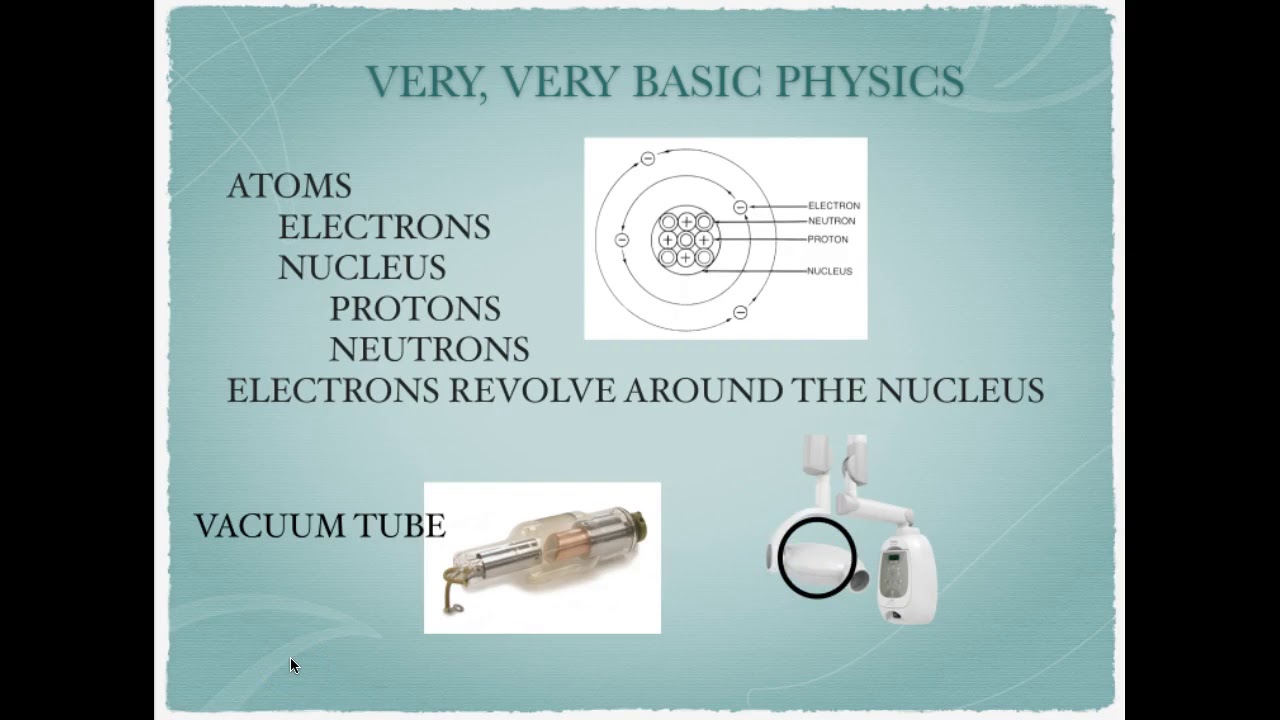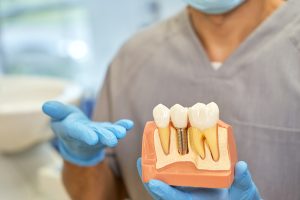Step into the world of modern dentistry where technology has revolutionized every aspect of dental care.
Experience the precision and efficiency of advanced digital imaging, enabling detailed and precise treatment planning.
Embrace the enhanced patient communication made possible through remote consultations and educational resources, empowering better oral health care.
Explore how automation streamlines tasks and enhances patient care efficiency, shaping the landscape of modern dentistry for improved outcomes.
Discover how these technological advancements are transforming the way dental professionals provide excellent oral health care.
Key Takeaways
- Digital advancements revolutionize dental imaging for detailed and precise diagnostics.
- Advanced technology enables precise treatment procedures like dental implant placement and custom restorations.
- Technology enhances patient-dentist communication through remote consultations and educational resources.
- Automation in dental practice streamlines tasks, improves efficiency, and enhances patient care.
- Future trends include AI integration for diagnostics, VR training for professionals, shaping modern dentistry for better outcomes.
Evolution of Dental Imaging
By integrating advanced technology, dental imaging has revolutionized the way dentists diagnose and treat oral health issues.
Thanks to digital advancements and radiographic innovation, dentists can now obtain detailed images of your teeth and gums more quickly and with higher precision than ever before.
These technologies allow for enhanced accuracy in detecting cavities, infections, and other dental problems at their early stages.
With digital x-rays, traditional film x-rays are becoming a thing of the past. Now, your dentist can capture images instantly on a computer screen, reducing your exposure to radiation and eliminating the need for chemical processing.
This not only speeds up the diagnostic process but also contributes to a more environmentally friendly dental practice.
Furthermore, 3D imaging technology provides dentists with a thorough view of your oral structures, enabling them to plan treatments such as implants or extractions with unparalleled precision.
Embracing these technological advancements ensures that you receive the best possible care for your oral health needs.
Precision in Treatment Procedures
The enhanced precision provided by modern imaging technologies not only revolutionizes the diagnostic process but also greatly impacts the accuracy and effectiveness of dental treatment procedures.
With digital advancements in dentistry, dentists can now plan and execute treatments with unparalleled accuracy.
For example, 3D imaging allows for precise placement of dental implants, ensuring excellent outcomes.
Additionally, computer-aided design and manufacturing (CAD/CAM) technology enables the creation of custom-made dental restorations with incredible precision, leading to better fitting crowns and bridges.
The use of laser technology in procedures such as gum contouring and cavity detection further enhances treatment accuracy.
Lasers allow for minimally invasive treatments, reducing discomfort and promoting faster healing.
Furthermore, technologies like intraoral cameras provide real-time images of the oral cavity, aiding dentists in identifying issues that may not be visible to the naked eye.
Enhanced Patient Communication
Improved patient communication in dentistry enhances understanding and fosters better treatment outcomes.
With the advancement of technology, remote consultations have become a vital way for patients to communicate with their dentists without visiting the clinic.
Through video calls or messaging platforms, you can now discuss your concerns, ask questions, and receive advice from your dentist from the comfort of your home.
This not only saves time but also allows for more frequent interactions, leading to improved patient education.
Patient education is essential for ensuring that individuals understand their dental issues, treatment options, and preventive measures.
Technology has enabled dentists to share educational resources, such as videos and interactive tools, to help patients make informed decisions about their oral health.
By enhancing patient communication through remote consultations and educational materials, dentists can empower individuals to take better care of their teeth and gums, ultimately resulting in improved treatment outcomes and overall oral health.
Automation in Dental Practice
Embracing automation in your dental practice can streamline administrative tasks and enhance patient care efficiency.
By integrating robotic assistance and data analytics into your workflow, you can reduce time spent on paperwork and focus more on patient interactions.
Robotic systems can help with repetitive tasks like instrument sterilization, appointment reminders, and inventory management, allowing your staff to concentrate on delivering quality care.
AI diagnostics and remote monitoring are also revolutionizing how dental practices operate. With AI tools, you can analyze radiographs more efficiently, aiding in the detection of cavities or abnormalities.
Remote monitoring enables you to track patients’ oral health between visits, providing proactive care and timely interventions when necessary.
Implementing automation not only increases productivity but also improves the overall patient experience.
Patients benefit from quicker appointments, personalized treatment plans, and better outcomes.
Embrace these technological advancements to optimize your practice and elevate the level of care you provide.
Future Trends in Dentistry
As technology continues to advance, the future of dentistry is poised for significant transformation. One of the exciting trends on the horizon is the integration of Artificial Intelligence (AI) in diagnostics.
AI has the potential to revolutionize how dentists detect and diagnose oral health issues, leading to more accurate and efficient treatment plans.
Another trend shaping the future of dentistry is the use of Virtual Reality (VR) training. VR technology allows dental students and professionals to immerse themselves in realistic simulations of dental procedures, providing a safe environment to practice and refine their skills.
This innovative training method can enhance learning outcomes and ultimately improve patient care.
Embracing these future trends in dentistry, such as AI in diagnostics and Virtual Reality training, can lead to more precise diagnoses, better-trained dental professionals, and ultimately, improved oral health outcomes for patients.
Stay tuned as these advancements continue to shape the landscape of modern dentistry.






